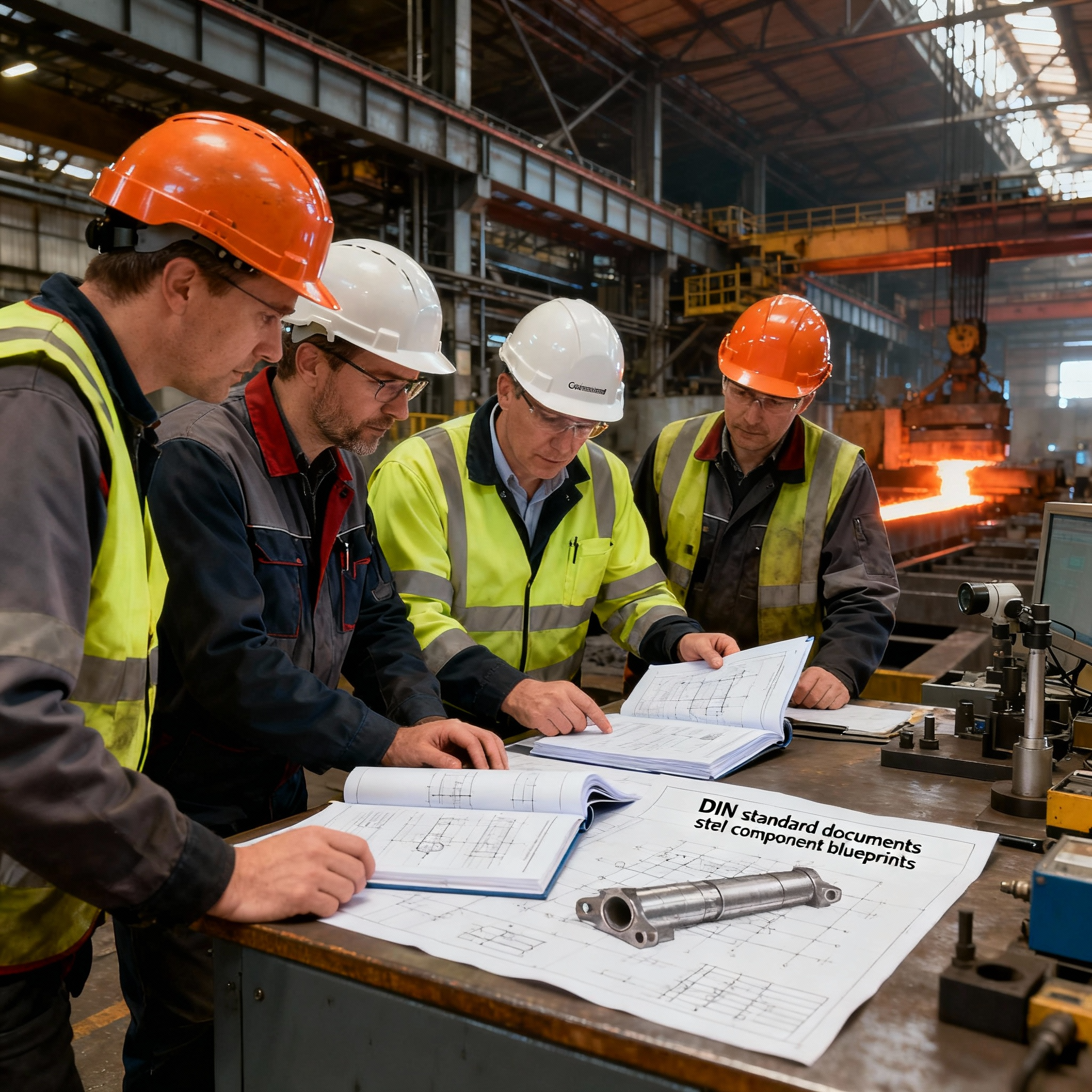

When it comes to precision, consistency, and trust in engineering, few names carry as much weight as DIN — Deutsches Institut für Normung.
For more than a century, DIN standards have shaped how the world defines quality, especially in steel production. From automotive manufacturing to skyscraper construction, the DIN system has become a global blueprint for safety, strength, and reliability.
The Birth of a Standard
Founded in 1917, DIN emerged in post-war Germany with one mission: to create uniform industrial standards that would ensure consistent quality across industries.
What began as a local initiative soon grew into a global benchmark. Engineers and manufacturers around the world adopted DIN methods because they provided something invaluable — trust in every bolt, beam, and sheet of steel.
Think of DIN as the master recipe book for modern industry — every standard defines precise “ingredients” (chemical composition), “temperatures” (processing parameters), and “tests” (quality verification) to produce the same result, no matter where the steel is made.
DIN and the Science of Consistency
DIN’s success lies in its rigorous process of development.
Each standard is created through collaboration between experts — metallurgists, engineers, manufacturers, and safety regulators. Every clause is tested, debated, and refined before publication.
This level of scrutiny ensures that steel certified under a DIN standard performs exactly as expected — whether it’s used in a bridge in Berlin or a turbine in Tokyo.
For example:
-
DIN EN 10025 defines structural steel properties.
-
DIN 488 sets specifications for reinforcing steel in concrete.
-
DIN EN 10210 governs hollow structural sections for mechanical applications.
Every standard speaks the same language: accuracy, repeatability, and accountability.
Global Influence: From Germany to the World
Today, DIN standards form the backbone of ISO (International Organization for Standardization) frameworks. Many ISO steel standards are either derived from or aligned with DIN rules.
This harmonization allows steel from Germany, Japan, or the U.S. to integrate seamlessly into international projects — ensuring that quality knows no borders.
It’s not just about consistency; it’s about creating a shared global foundation that drives innovation, trade, and trust.
A Living Legacy
DIN’s power isn’t static.
It evolves — updating every few years as technology, sustainability goals, and materials science advance. Modern DIN standards incorporate environmental considerations, digital testing protocols, and safety-by-design principles that reflect today’s industrial challenges.
At Steltech Makina, we see DIN standards as more than documents — they are living commitments to quality and safety. They guide how we design, build, and test, ensuring that every product reflects the same reliability that the DIN name stands for.
Closing Thought:
The world builds on trust — and trust is built on standards.
DIN’s legacy isn’t just about steel; it’s about creating a language of excellence that engineers, builders, and innovators understand worldwide.
At Steltech Makina, we carry that language forward — one project, one standard, one promise at a time.

